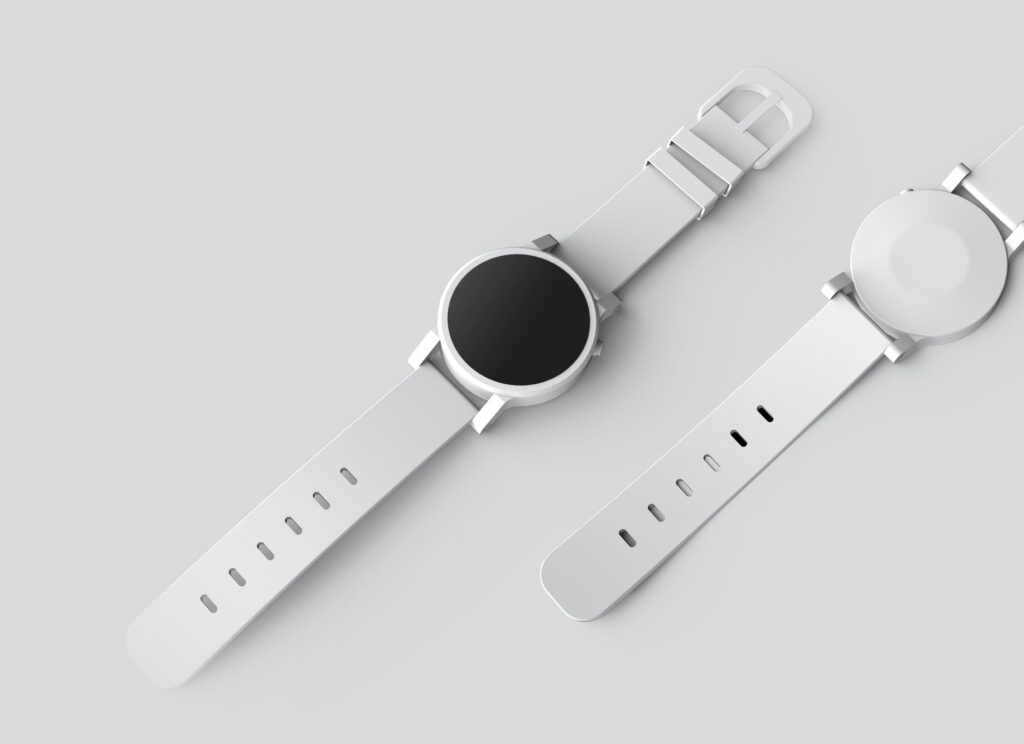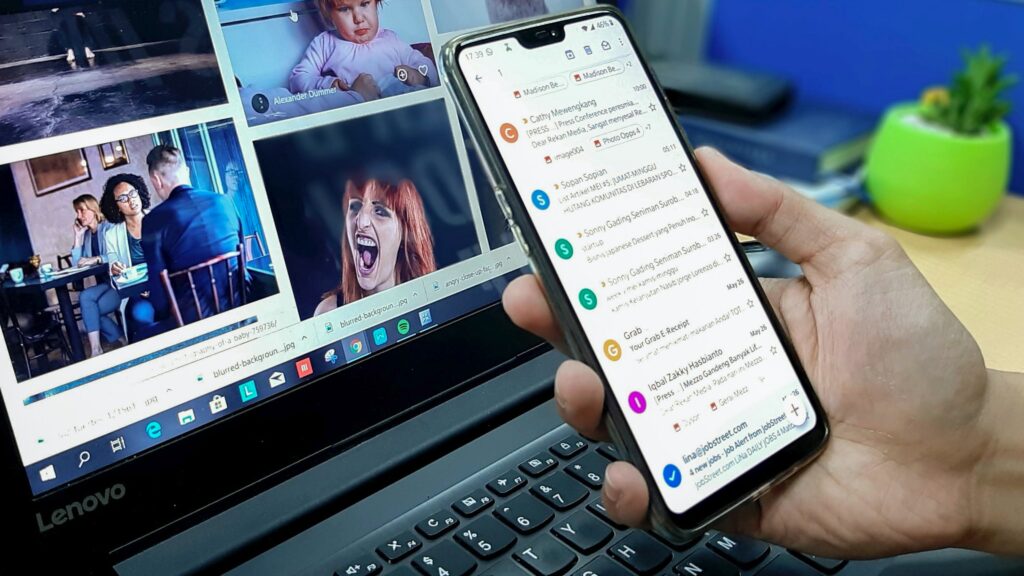It can cost a great deal of time and money to get new customers into your business. In fact, it is widely thought that it can cost five times more to draw a new customer into your business than it does to simply keep a current customer. This can clearly have a huge impact on your business, yet many companies focus more of their marketing budget on attracting new customers rather than keeping their current ones.
There have been numerous studies done on how people spend their money. One of these studies found that customers who are loyal to your business can spend up to 67% more money than new customers. That can quickly add up to a noticeable and very positive effect on your business.
It’s not quite as simple as keeping customers loyal to your business though. There are some common psychological principles that have proven themselves to be pretty successful in increasing average order value. Implementing these on your e-commerce website can go a long way in increasing your upsells and cross-sells.
Convenience
The modern world is all about convenience. Most people want to do what they want to do as efficiently and as conveniently for them as possible. This goes for their shopping habits too. If a customer can get the products they want, need, or desire with as minimal effort required from them as possible, the chances are they will continue to pay for it.
An interesting point about convenience when shopping is that a surprising number of people will actually pay more for the benefit of convenience rather than saving money and having to wait longer, or put more effort into their purchase. When you think about some of the ultra-successful businesses out there such as Uber, for example, they charge prices that are higher than standard cab or bus fares. As Uber offers huge convenience in that the car will come to your house, you can order it via an app on your phone, and you can have minimal interaction with your driver – people are willing to pay the extra cost.
A similar thing happens with subscription services. If a customer has a specific product they like, they could very well be willing to pay a monthly subscription to avoid having to order it each time they want it again. To explain this in a simple way, let’s say that a customer has ordered a hat from an e-commerce website. They like hats but don’t have the time to shop around for them on a regular basis. When purchasing their most recent hat, the website offers them the opportunity to start a subscription where a new hat is sent to them each month for a small monthly fee. The customer signs up for a subscription as they can get a brand new hat on a regular basis without having to do anything else.
This type of subscription service benefits the customer and your business. The customer gets a new version of the thing they want at regular intervals while your business gets a more predictable regular income. Imagine the difference it could make to your business if each time a customer purchased one thing from your website, they ended up committing to a set payment every month. The results could be game-changing for you.
Create Urgency
There’s the old saying that you always want what you can’t have and that is very accurate when it comes to shopping. It seems to give high levels of satisfaction if a customer is getting their hands on the last item in stock or if there is limited stock available. It’s an intriguing human trait that the majority of us seem to put more focus on the things we might not be able to have, instead of the things we can definitely get hold of.
If you think about the world of art or antiques. Usually the rarer the piece being sold, the more money people are willing to pay for it. If there is a piece of art that is one of a kind, no others exist or will ever exist like it, the value instantly skyrockets to staggering figures in some cases. There are works of art that have sold for hundreds of millions of dollars due to their rarity and the urgency collectors have to own them.
Some effective ways of creating urgency for your customers can be to clearly show how many of specific items you have left in stock. For example, if your e-commerce website sells candles, it’s likely that the ones that are showing low stock numbers will be the ones more people buy. The sense of urgency to make a purchase before they go out of stock can be enough to encourage a customer to buy now rather than wait or go elsewhere.
Time-limited discounts and sales are another great way of creating urgency for your customers. If a customer thinks they can only get a good price on a certain product for a limited amount of time, they are much more likely to buy it before time runs out. The sense of disappointment and missing out you can get when you try and buy something that has increased in price is something a lot of people want to avoid. That’s why a timer or a clear end date of any offers, discounts, or sales can be very persuasive in making a customer make a purchase on your website.
One more method of creating urgency that has proven to be highly effective is the last chance email. These are particularly good for dealing with cart abandonment figures. If a customer has put an item in their shopping cart but left your site before actually going through with their purchase, an email offering a discount if they complete the checkout process in a set time can make a positive impact on sales. The customer clearly has an interest in the product as they put it in their cart. The last chance email gives them the opportunity to own what they want without paying full price as long as they act now. That’s a great opportunity that many customers won’t want to miss out on.
Offer Help Through Products
Most customers love the idea of getting a good deal. Combining products with other items that work well as a package deal can make the decision for a customer to buy a little bit easier. What’s great about this process is that the customer gets more benefit from their purchase and you increase the value of the order placed on your website.
Let’s use a gardening e-commerce website as an example. If a customer adds a lawnmower to their shopping cart and begins to go through the checkout process – if they see recommendations for additional products that are highly relevant for their current purchase (cleaning kit, maintenance kit, oil, etc), they can see that this would be a useful addition to their order. This becomes even more powerful if they are offered a discount on the total price of their order if they buy the products at the same time.
This type of principle isn’t solely focussed on increasing minimum order value either (although that is a very welcome bonus), it actually falls more into customer service and customer satisfaction. Showing a customer products that will increase the benefit of their order can gain your business a reputation of being helpful and supportive of customers rather than just looking to make a quick sale.
As well as offering additional products, you could also look to create product bundles that can make your customers’ lives easier. If we go back to the lawnmower example, rather than simply selling a lawnmower as a standalone product – a lawn care bundle could be a more effective thing to sell. The bundle could include a lawnmower, lawn feed, watering can, lawnmower maintenance kit, and some gardening gloves. This can then be sold at a discounted price compared to buying each product individually.
Even if the customer was only searching for a lawnmower, the appeal of a good deal that is also extremely useful to them is a powerful tool in encouraging them to buy. The whole point of a bundle deal is that all of the products in the bundle compliment each other in such a way that the customer will be able to get the most out of each item they purchase. The combination of a good price, feeling that your business is actually trying to help the customer, and good quality products can massively help increase your upsells and cross-sells.
Use Incentives to Buy
In the world of online shopping, customers have a huge choice of where they eventually make a purchase. They are spoiled in many ways such as different websites offering similar products at cheaper prices, different shipping timeframes, and different customer service options.
Incentives can be a highly useful way of helping customers make their decision to buy from your website. The incentives which can be successfully used by your business vary depending on what it is you’re actually trying to sell. For example, if your business sells car parts, there is a huge amount of competitor sites who offer identical products to you. For a customer to decide which site to buy from, it can come down to which site will benefit them the most.
Things like free shipping, loyalty schemes, discounts on multiple orders, and other incentives can be the difference between a customer choosing your website or a competitor’s website to buy from. Let’s say a customer needs a specific part for their car and they find your site and another site that sells it too. When deciding which site to buy the part from, the customer sees both sites offer free shipping. However, your website offers a 10% discount on all orders over a specific price. They realise that if they add another small item to their order, they can get this discount, even if it means spending more than they had initially planned to spend on the part they actually wanted in the first place.
Some seemingly small incentives can be enough to convince some customers to buy from your business. Small discounts on orders might only reduce the total order cost by a couple of dollars but, in a highly competitive e-commerce world, this can be enough for some customers to choose your business over all of the others out there.
Offering perks for spending a bit more money is a great way of increasing your upsells and cross-sells. If you only offer free shipping over a certain order value, customers may decide to add an extra product to their cart to get out of paying shipping costs. Discounts on orders over a certain amount can have the same effect too.
Customers like getting a good deal, even if it means paying out more money. With the right incentives in place, your customers could very well spend a lot of money on your website as they feel savvy enough to get more than they bargained for at a lower price point. They then feel valued and are more likely to shop with you again.













